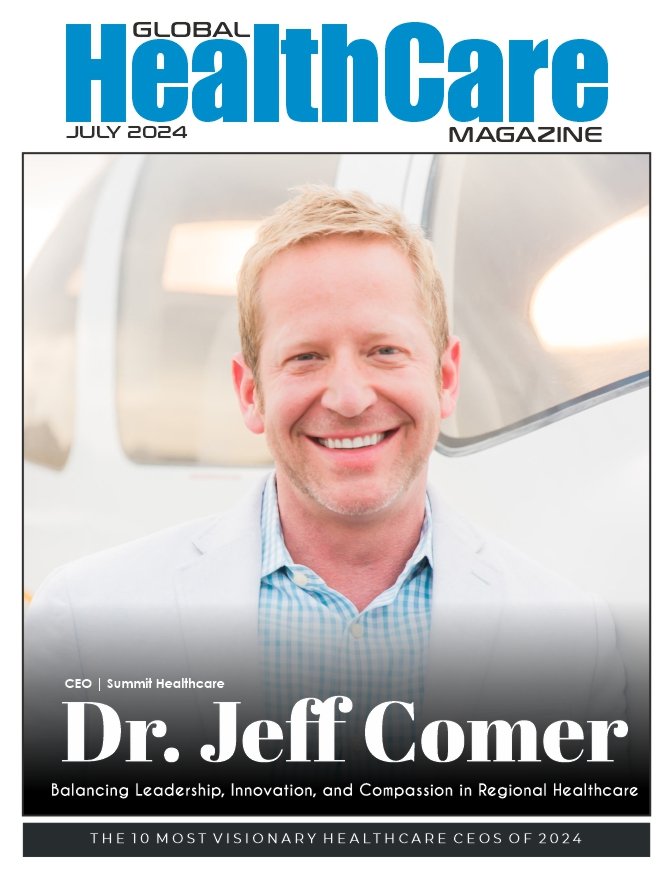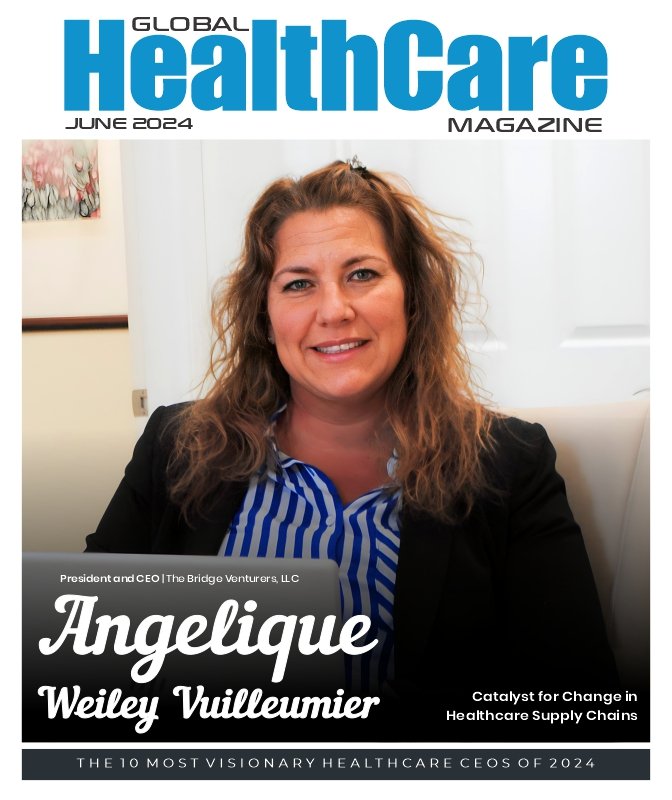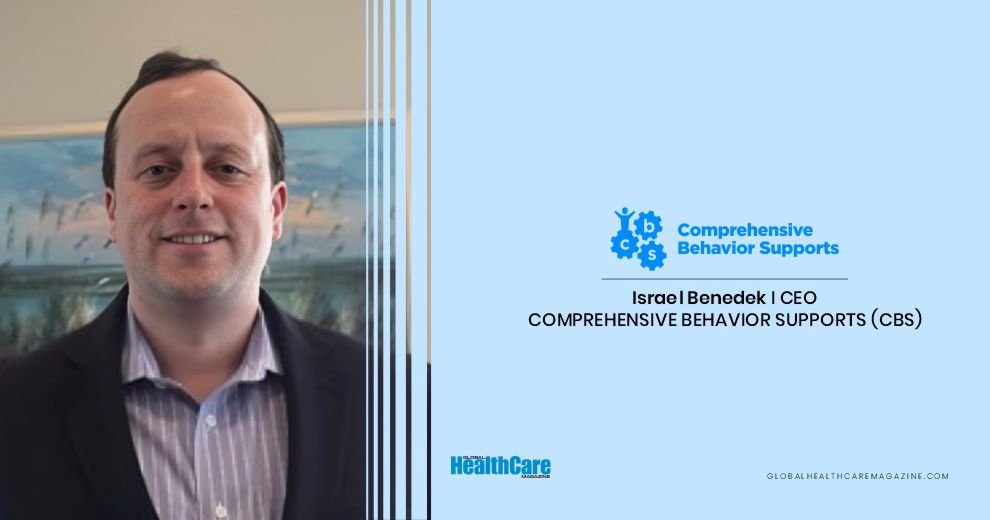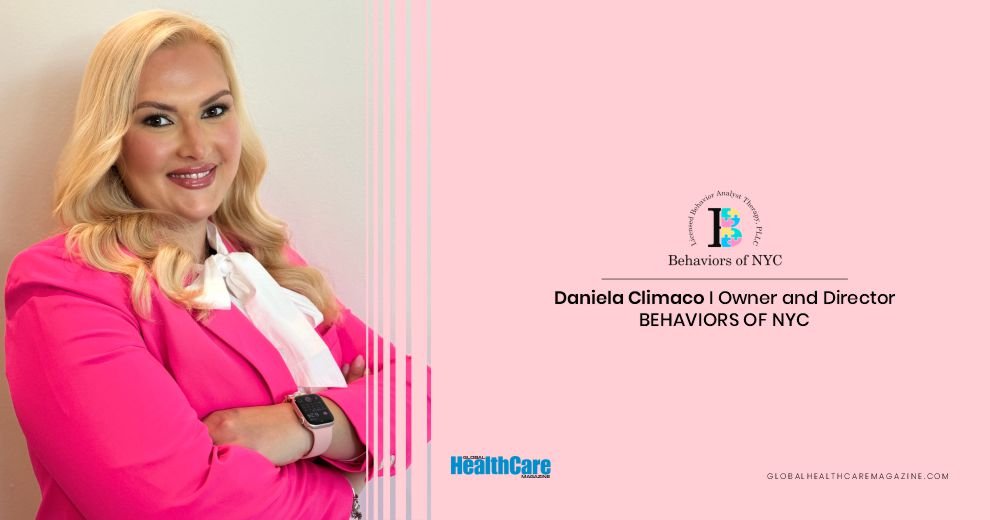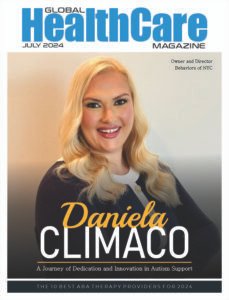The healthcare industry faced immense challenges during the pandemic, presenting a chaotic scenario for healthcare professionals. However, responsible management and healthcare leaders effectively managed this crisis through clear and efficient communication, enabling them to rally their staff during challenging times. Subsequently, as patient numbers declined, it became evident how external circumstances can impact the behavior and work of professionals.
To address this issue, we turn to an expert with a decade of experience in the field. Meet Barbara Khozam, Founder of Barbara Khozam Inc., a firm equipped with solutions to address communication challenges for individuals and organizations. She shares intriguing insights about herself and the industry, and we’ll delve into them shortly. Let’s get started!
Barbara’s Journey: Navigating Twists and Turns
Barbara reflects, “My professional journey was not a straight line but instead a series of twists and turns that led me to where I am today.” She initially pursued accounting in college but soon discovered it wasn’t her passion. She explored different subjects, including acting and social science, in search of her calling. Eventually, she settled on chemistry as her major, as it had been her favorite during high school, even though she didn’t fully grasp its limitations at the time. After earning her chemistry degree, she worked as a chemist for a decade. However, her passion for training emerged when she started teaching sales representatives how to use drug testing equipment.
Leaving her chemistry job behind, Barbara joined SkillPath Seminar for ten years, traveling extensively to conduct professional development seminars. Recalling her travels, she says, “I traveled all over the US, Canada, UK, Australia, and New Zealand doing professional development seminars.” Exhausted from constant travel, she left the job without a clear plan. In 2009, she took a leap of faith and founded her own company, Barbara Khozam, Inc., even though she wasn’t sure where to begin. In 2010, she became an independent contractor for a healthcare consulting company, marking her entry into the healthcare industry.
Barbara’s deep interest in healthcare had its roots in her mother’s frequent hospital visits. She explains, “Growing up, my mom was in and out of hospitals and doctor’s offices. I’ve always been obsessed with how people treat her so going into customer service in healthcare was a natural and perfect fit. I’ve been consulting in healthcare ever since.”
Barbara Khozam Speaking and Consulting: Enhancing Communication Effectively
Barbara Khozam’s Speaking and Consulting specializes in delivering engaging, customized keynotes and seminars designed to boost morale and improve the outlook of employees and managers within companies. Barbara emphasizes, “We tailor our presentations to fit each company and pride ourselves on our professionalism and follow-through. Employees will leave our sessions with practical tips that they can implement immediately.” These sessions go beyond mere entertainment; they equip attendees with actionable takeaways, a defining feature of their approach.
Services and Solutions Offered
- Patient experience keynotes for conferences and meetings
- Other topics: Leadership for service excellence, Managing emotions, Thriving under pressure, Telephone etiquette, How to Deal with Difficult Patients/People, and more
- Patient experience training: In-person and virtual, ranging from 30 minutes to multi-day programs
- Mystery patient calls
- Mystery patient visits
- Social media research and analysis
- Patient survey data research and analysis
- Patient experience online training courses
- Workflow observation and reporting, and more
What distinguishes Barbara Khozam’s Speaking and Consulting from competitors is its unique perspective. Instead of a clinical background, they approach healthcare from the patient’s viewpoint. Barbara further explains, “As a professional mystery patient, I see firsthand which touch points are causing frustration and hindering the patient experience.”
Moreover, their recent extensive interviews with 114 healthcare professionals have enriched their knowledge base, enabling them to stay current on critical healthcare issues. These insights cover not only the patient experience but also broader topics such as employee engagement, burnout, turnover, and technology. This commitment to continuous learning and staying updated on industry trends solidifies their position as valuable partners for healthcare organizations striving for excellence in various facets of their operations.
Overcoming Roadblocks
As a healthcare consultant, Barbara highlights the significant challenges she has encountered in fostering a culture of engagement and positivity. Her primary obstacle lies in gaining the support of the entire leadership team, including administrators and lead physicians. Thus, she says, “We learned early on that if the people at the top do not buy into, and demonstrate the behaviors we want from the staff, they will never get long-term success regarding positive patient experiences.”
The process begins with establishing a positive culture and clearly defining expectations through processes and workflows. It ensures that employees not only understand how to conduct themselves but also receive regular feedback, both positive and constructive. Barbara underscores the importance of simplicity in this approach, emphasizing the need for consistent and ongoing communication and demonstration over an extended period. It is not a short-term endeavor but a long-term strategy for lasting impact.
The Importance of Applied Technology in Healthcare
Barbara places significant emphasis on the role of technology in the healthcare industry. However, she firmly underscores that while technology is undoubtedly important, it’s the human factor that ultimately shapes the patient’s experience. In other words, regardless of how advanced the technology is, it cannot replace the warmth and care that a compassionate healthcare worker provides.
To illustrate this point, Barbara shares a real-world example from one of her clients.
“A newly hired office manager was dealing with negative attitudes from several employees – both in the front and back offices. They were also getting hundreds of calls a day with many complaints from patients about long hold times and rude staff. This manager could have started with fixing the phone system, but the negative attitudes would have remained. So, first, he had an all-staff meeting, including the doctors, and discussed what behavior they thought they should demonstrate, and all agreed on a common code of conduct. After 3 months, 2 employees were still demonstrating negative attitudes. They were given warnings, put on a progressive discipline plan, and eventually ended up quitting. The day the 2nd one left, the morale in the office improved immensely.”
After addressing the personnel aspect, the office manager turned their attention to the technological challenge. They improved the phone system to route incoming calls more efficiently, reducing hold times significantly. The results were impressive: patient complaints about hold times decreased substantially, call volume dropped by a significant 68%, and, importantly, employee morale continued to rise. Therefore, Barbara says, “As you can see, fixing a technology problem along with the people issue leads to a positive long-term result.”
Industry Overview
Barbara identifies a fundamental issue in the healthcare system, describing it as messy. Despite efforts to promote “care coordination,” a significant challenge persists due to the lack of uniformity in electronic health records (EHR) across medical practices. Consequently, when patient’s transition between different healthcare providers, their medical information can become fragmented, causing confusion. Barbara further highlights a concerning statistic, stating, “I read recently that 58% of patients fail to do what’s required after a doctor’s visit. When they don’t do what’s required, they will most likely get sicker and eventually end up costing the system more money, especially if they end up in the emergency room (ER).”
In her ideal scenario, Barbara advocates for universal adoption of the same electronic health record system by all healthcare providers. This unified approach would enable seamless access to and sharing of patient information among all parties involved in a patient’s care, including their primary physician, specialists, the ER, and even the pharmacy. Additionally, patients would have direct access to their own medical records, empowering them with insights into their health status and future plans. Barbara believes that implementing such changes would simplify the healthcare system and make it more patient-friendly.
Approach to Work-Life Balance
Exploring Barbara’s approach to work-life balance unveils a straightforward yet effective strategy. She finds her passion in weekend beach volleyball sessions, complemented by regular gym workouts, which not only enhance her physical energy but also elevate her mood.
While Barbara questions the concept of a perfect work-life balance, she firmly believes that as long as she remains productive at work, keeps up with her fitness routine, and enjoys some social activities, her life is in a good place. Her pragmatic approach underscores the importance of maintaining a healthy blend of work and personal interests.
Advice for Aspiring Healthcare Leaders
Barbara shares valuable advice with those aspiring to lead in the healthcare industry.
- My primary piece of advice would be to never stop learning: Learn about your people – find out what works and doesn’t work, what they like and don’t like. Find out what your patients like and don’t like. Observe workflows and processes.
- Step in and help out when needed. Your team will become very loyal when you get to know them and treat them with respect and trust.
- Remember: You don’t have to like everyone, but you can ALWAYS treat them with respect and kindness.
Quote
“When leaders got involved with their staff, rolled up their sleeves and participated in everyday activities, that’s when staff bonded together and worked as a strong force.”
Also read: The 10 Inspiring HealthTech Leaders, 2023



